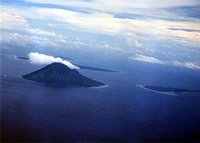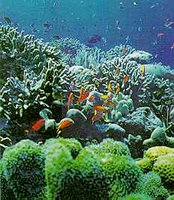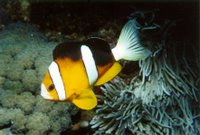








Welcome to Bunaken Island
Bunaken Island National Marine Park is an officially protected and recognized nature reserve. With a Northern and a Southern, section it exists out of two main parts.
resources :
http://www.sulawesi-info.com
photos :
http://www.divetrip.com
http://www.merelyscene.com
http://www.geocities.com/smilinghostel
http://www.pulisanresort-sulawesi.com
http://skyscrapercity.com








